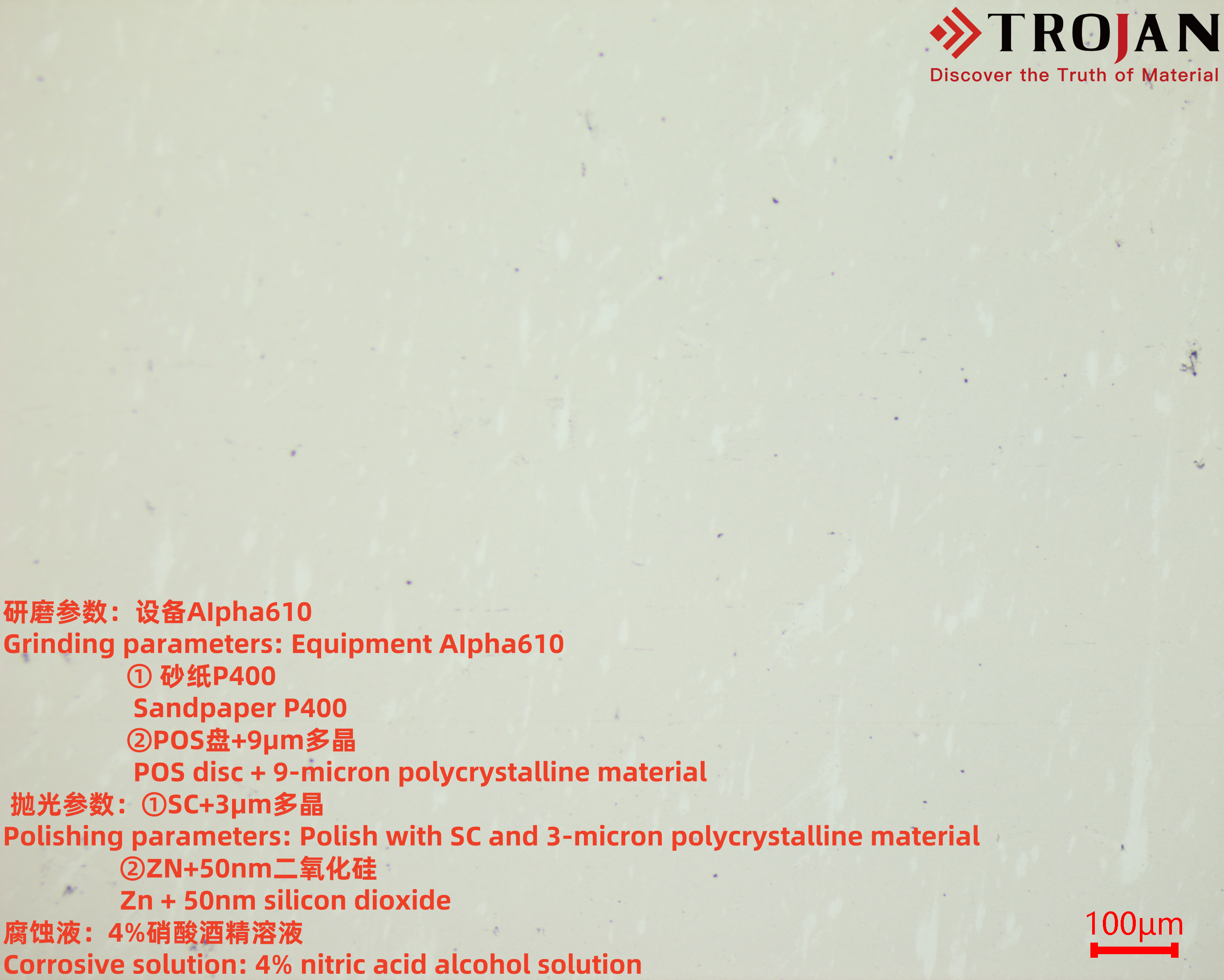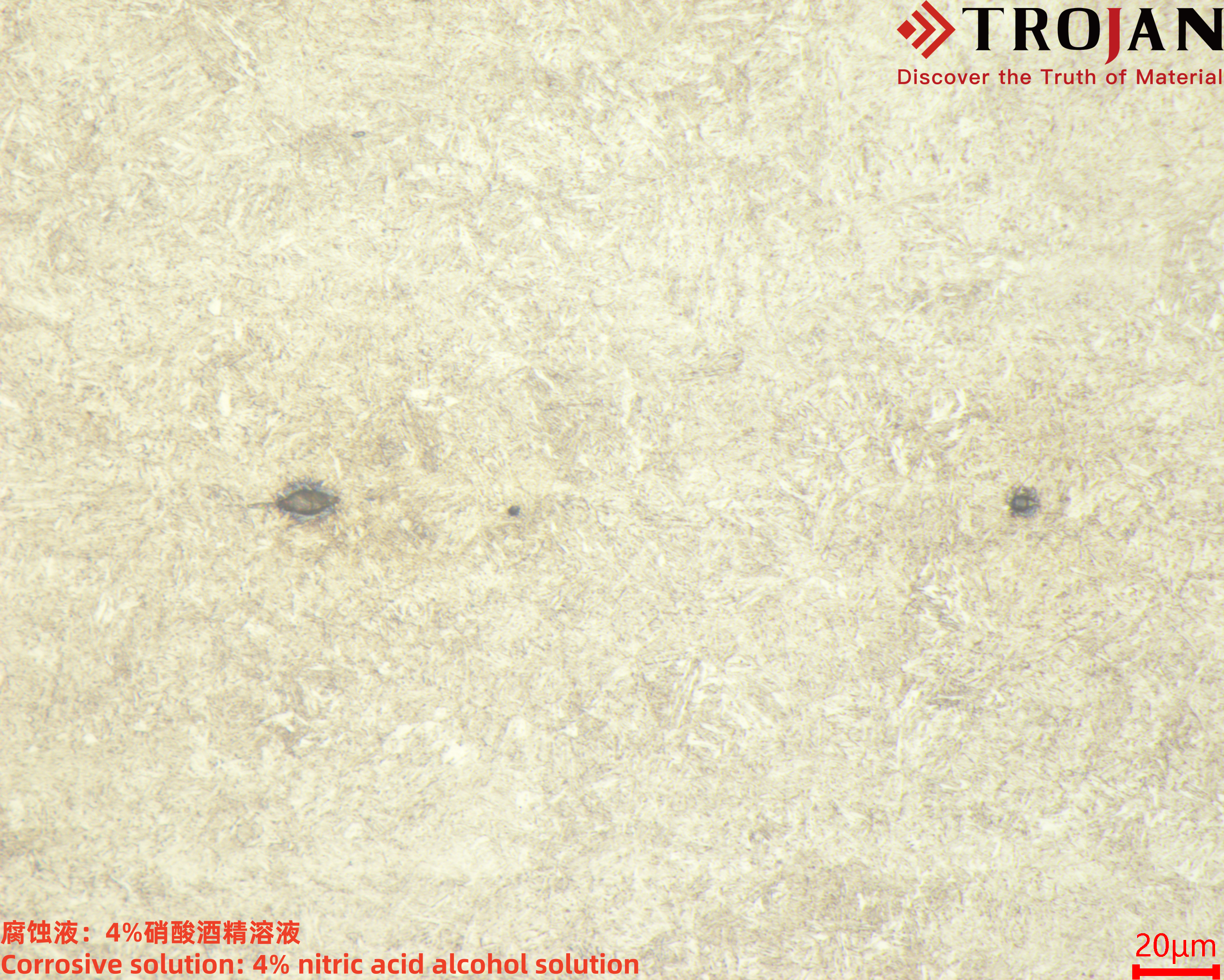In our world of life - screws, this seemingly insignificant little object, is like a silent and diligent behind-the-scenes hero, playing an irreplaceable role in every corner. In terms of appearance, it is simple and unique. On the slender screw, the spiral threads are dense and neatly intertwined, like steps winding upwards. In terms of function, screws can be regarded as the masters of connection and fixation. Various large and small objects (such as batteries, chips, engines, bridges, etc.) are tightly connected by a series of screws. With a tiny body, it builds a solid foundation. Therefore, the importance of the quality of screws is very significant. Cracks in screws can present various forms. From a macroscopic perspective, the cracks can run through the entire length or only appear in a specific part. Some are visible to the naked eye, while others require the use of tools such as microscopes for observation. At the microscopic level, the structure at the crack site is damaged, and features such as grain deformation, fracture, and holes may occur.
Here are the metallographic sample parameters and microscopic effects appreciation of normal screws and cracked failed screws:





 中文简体
中文简体 英语
英语 西班牙语
西班牙语 德语
德语

















